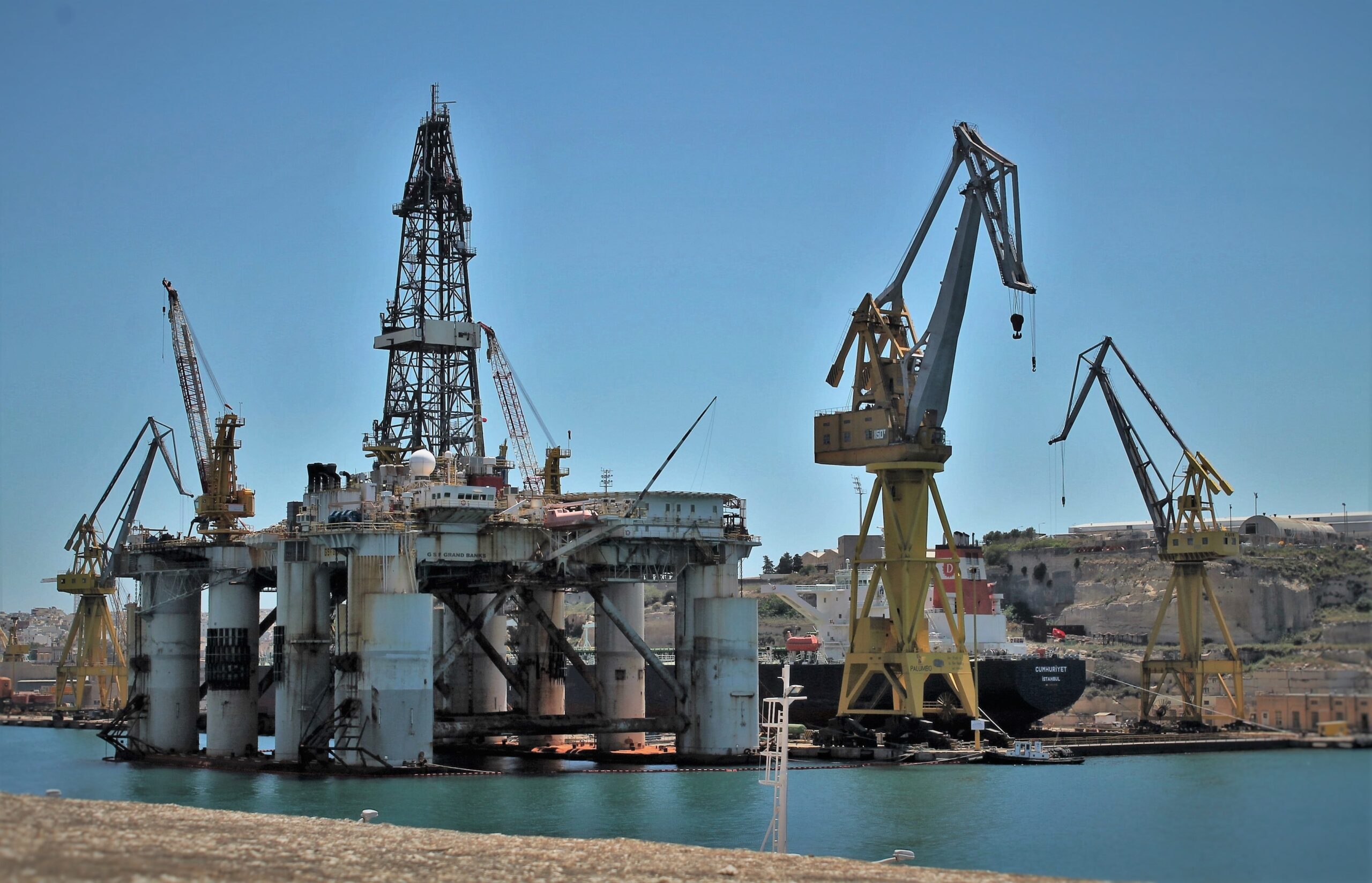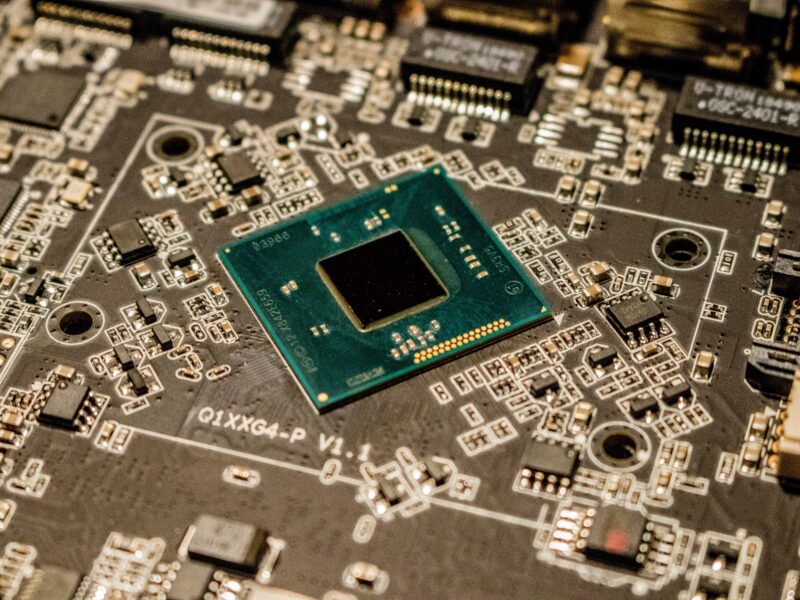Andrew Yashin, strategic analytics and consulting expert
Shipbuilding is considered a conservative industry, and for a good reason. Steel ships had been first commissioned in 1870s, and while riveting was replaced by welding, dry docks became common for ship hulls assembly (instead of inclined slipway), and large-block assembly improved the building time and economics, the very nature of the vessels built did not change much. However, with advances in light materials and fluid mechanics, a totally new breed of ships emerged, capable of moving with speeds unthinkable of, or barely attainable by traditional commercial vessels.
The business case for these high-speed vessels was dual. First, it complemented traditional passenger vessels (e.g. ferries) on sea routes with high passenger volumes and short-to-moderate (tens to low hundred miles) distances – a class of high-speed ferries. Second, it became an important component of navies across the world, especially those operating in “narrow” seas and/or having serious Marine forces that need a reliable tool for landing on an unprepared shore
Along with Soviet hydrofoils of Alekseev Design Bureau, an early example of successful hi-speed vessels were The La Manche hovercrafts of Mountbatten class capable of carrying 400 passengers and 60 vehicles across the Channel in about half an hour. However, increasing fuel cost in the post-1973 world, and subsequently the Tunnel have put these famous high-speed vessels out of service. In the 1980s, a more energy-efficient and seaworthy class emerged, the wave-piercing catamarans and trimarans with narrow hulls of great elongation. By its very nature, they can carry far greater payloads than vessels with dynamic support like hovercrafts and hydrofoils, and at a fraction of cost. The first large vessel of this class, a 28-meter Spirit of Victoria, entered service in 1985, and since then there was a marked growth in size and deadweight, the largest modern ones being over 100 meters long and having deadweight in thousands tons
The past and present leaders in this segment of shipbuilding industry have varying pedigree. The La Manche hovercrafts were built by British Hovercraft Corp. that had been created through a merger of the respective divisions of Westland Aircraft and Vickers Supermarine, both reputed names in the aviation world. Incat, on the contrary, developed itself from a conventional Australian shipyard specializing in conventional ferries, Sullivans Cove Ferry Company (SCFC). It was both ship constructor and operator of a ferry line between Australia and Tasmania, and this combined business model was likely to give an in-depth understanding of passenger needs and nuances of running a busy ferry line (for some time after collapse of the Tasmanian Bridge, ferries were the only means of day-to-day commuting between the island and the mainland). Through some changes in ownership (still remaining a private business owned by the founding family and partly by the employees) the company expanded its operations well beyond the Southern Hemisphere, becoming one of global leaders in its segment. However, no advantage in this world is forever, and new contenders come to the market fromChina.
Andrew Yashin, strategic analytics and consulting expert


